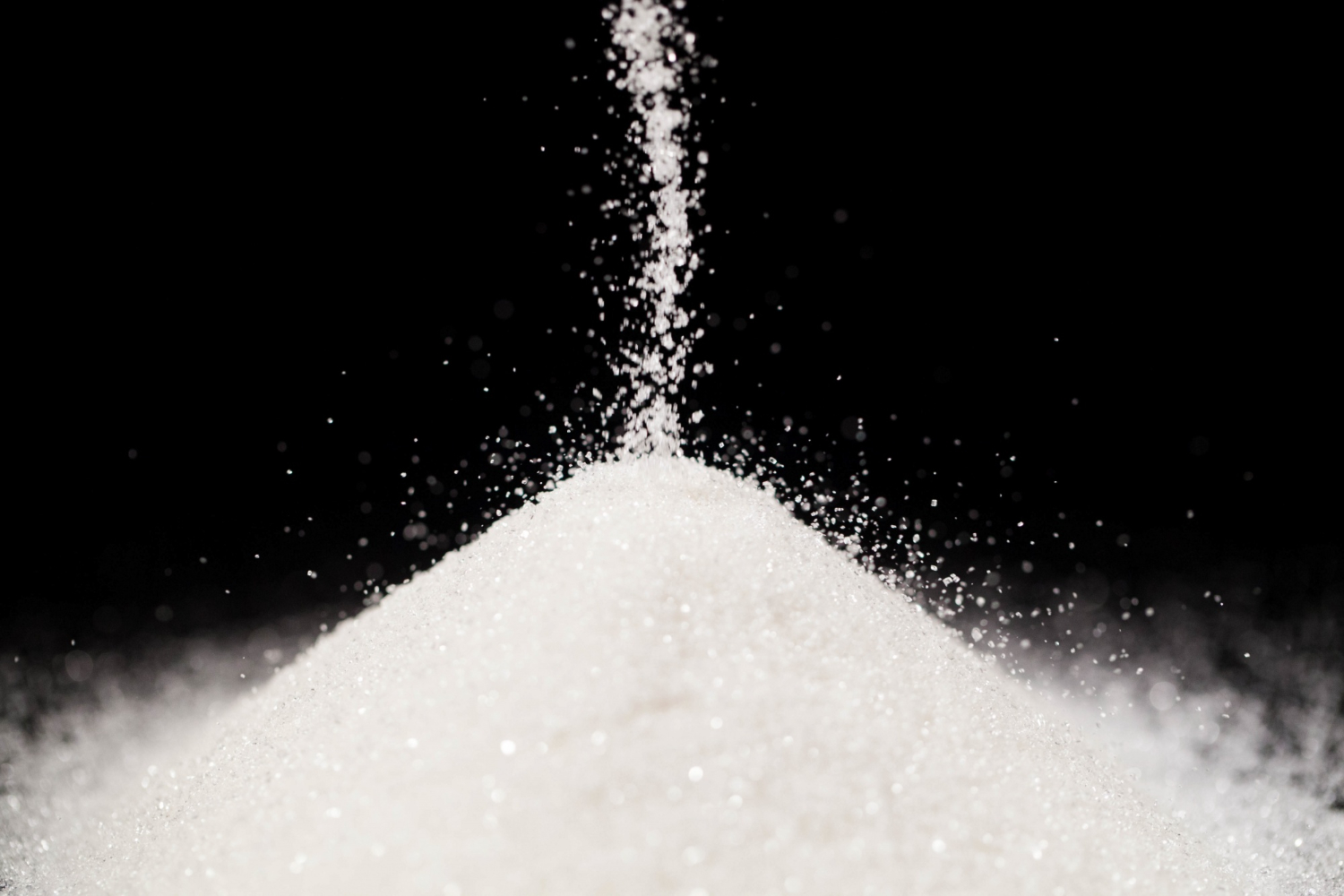If you’re not very familiar with how sugar is made or how sugar works, you might be asking at one point if it’s okay to use caster sugar in tea or if you can use icing sugar in tea. Before we work down to caster sugar, it’s essential first to understand what sugar is in the first place and how we process it until eventually, it reaches our dinner table.
Photosynthesis, which plants convert the sun’s energy into food, helps produce sugar in plants.
Sugar cane and sugar beets contain the most sugar of all plant kinds, which is why they are the most efficient sources for sugar extraction. The sugar derived from these crops is identical to the sugar still present in veggies and fruits when you bite into them.
It is 100% natural and free of any chemical additives. The sugar in our cupboard, the sugar used to help the dough rise, and the sugar that is easily found in sweet foods and we enjoy in moderation are all identical to the stuff found naturally in sweet peas, almonds, peaches, and a score of other veggies and fruits.
We know now that sucrose is certainly sugar, but how does it look? In terms of sugar’s molecule structure, this substance is pretty simple. Sugar comprises only two molecules, which are in turn bonded. Thus, you will find one molecule of fructose, plus one from glucose.
What are the differences?
They’re the three building components that make up all types of carbs, together with galactose. Monosaccharides are the name for these simple sugars. They form complex carbs by bonding with one another and with themselves. Sugar molecules make up one or several molecules in all carb types.
Regardless of how complicated a carbohydrate is at first, it is broken down into three sugar types: galactose, fructose, and glucose once inside the body.
Sugar is, in a nutshell, a carbohydrate.
Carbohydrates, like protein and fat, are macronutrients that supply energy to the body. Carbohydrates are found in all dairy foods, plant-based foods, and beverages, and they offer calories and energy to your body.
Can You Put Caster Sugar in Your Tea?
Yes, you can put caster sugar into your coffee, tea, cocktail, or any other beverage you want to prepare at home.
Caster sugar, often known as castor sugar, is a refined granulated sugar readily accessible in the United Kingdom. It’s not as prevalent in the United States, though you can buy it under the label “superfine sugar” in various baking aisles.
. What’s the story behind the name? This form of sugar was once commonly found in a shaker (these containers are casters) and sprinkled sweetness on fresh fruits.
There are two types of caster sugar: white (regular) and golden. Like brown sugar, the golden version is processed to preserve part of the molasses. This is the ‘unrefined’ variant. Compared to white caster sugar, it has warmer and more caramel-like overtones.
Caster sugar tends to incorporate and dissolve more quickly than your average granulated sugar, making it ideal for light and fluffy sweets like souffle and meringues.
Because it doesn’t require heat to dissolve, it’s frequently used to sweeten liquids like tea. Caster sugar, on the other hand, can be used practically anywhere granulated sugar is used.
Compared to caster sugar, granulated sugar can be observed as having coarser and larger grains. Therefore, granulated sugar does not dissolve as quickly as powdered sugar in recipes, although it can be used interchangeably. Due to the undissolved grains, cakes and other delicacies baked with this sugar type may have a more speckled look.
What Type of Sugar Do You Use in Tea?
You can use caster sugar or regular granulated sugar to make tea at home.
Caster sugar is sugar that’s been ground down to a most beautiful texture. Caster sugar, also known as superfine sugar, consists of granules finer than table sugar but not as refined as confectioners’ sugar.
It’s the ideal form for sugar to be used for producing various pastries, baked products, and cocktails because of its texture.
This is a superfine sugar equivalent to bar sugar or baker’s sugar in the United States.
Caster sugar is a phrase used in both the UK and the US to describe sugar crushed to a coarseness between granular and powdery sugar.
The texture is the only variation between granulated sugar and caster sugar. Caster sugar has more delicate crystals than the latter. Thus it dissolves faster in whips and creamy recipes. However, in more delicate recipes like sponge cakes and meringues, caster sugar is the ideal pick.
Because of its ease of dissolving, caster sugar is widely used to sweeten beverages. When creating drinks, many bartenders substitute caster sugar for simple syrup.
Can You Use Caster Sugar Instead of Sugar?
Yes, you can use caster sugar for what you’re baking or preparing. Just make sure you get the proper conversions and don’t overdo it. Then, your recipe should be fine.
Are you interested in making your own? Making your caster sugar is the most significant way to get this excellent sweetener. It may be tempting to substitute powdered sugar for caster sugar if your recipe calls for it and you don’t have any on hand. Using powdered sugar instead of caster sugar, on the other hand, may result in a thin texture in your baked items, which could damage your recipe. Also, remember that icing sugar has cornstarch. Substituting regular granulated sugar may have the reverse effect, resulting in a gritty texture in your dish. As a result, making your own is the best option.

